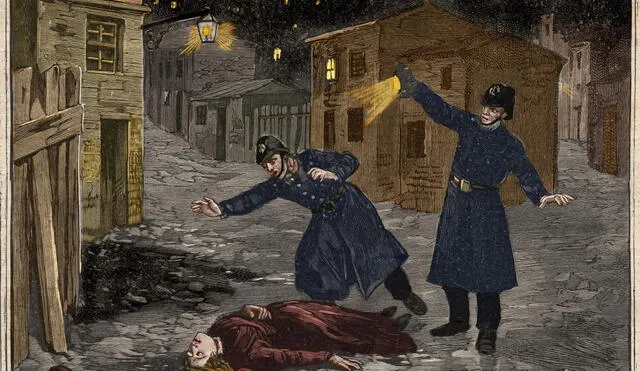Jack the Ripper's identity revealed after 130 years: The mystery behind his crimes and legacy
New revelations suggest that after over 130 years, the true identity of Jack the Ripper, the infamous Victorian-era serial killer, might have been uncovered. This discovery has brought new insights into his notorious crimes and ongoing cultural impact.

For over 130 years, the identity of the infamous serial killer known as Jack the Ripper remained one of the greatest mysteries in criminal history. Terrorizing London’s East End in 1888, the killer was responsible for the brutal murders of at least five women, leaving behind a trail of fear and speculation that has persisted for generations. His gruesome killings and ability to evade capture sparked worldwide fascination, and many theories have surfaced over the years about whom he could be. However, recent developments suggest that a breakthrough in identifying the killer may finally be within reach.
Advances in forensic technology, combined with fresh analysis of historical evidence, are offering new hope to researchers and investigators alike. Forensic genealogists have now uncovered a potential match, using DNA analysis to trace Jack the Ripper’s lineage and connect him to modern-day descendants. This exciting discovery is prompting experts to re-examine not just the nature of the crimes, but the impact the killer’s legacy has had on popular culture, from films to literature, and how it has shaped our understanding of criminal psychology.
A breakthrough in forensic science: Who is Jack the Ripper?
Recent developments in forensic science have led to the identification of a potential suspect in the Jack the Ripper case. DNA testing, which was not available in the late 19th century, has provided investigators with a tool that could finally unmask the killer. By examining evidence from the crime scenes, experts were able to extract DNA samples, leading to a breakthrough. This technological leap has been a turning point in the investigation, providing hope for a resolution after more than a century of unanswered questions.
Historian Russell Edwards said he has identified the infamous killer who terrorized London women, according to NewsNation. Edwards identified Aaron Kosminski to be Jack the Ripper. A piece of fabric found at the scene of one of the murders was used in a DNA test comparison to DNA sample from Kosminski’s oldest brother’s great-great-granddaughter. According to Daily Mail, Edwards hired a legal team to help gain an inquest after he found the DNA match to be 100% positive.
The infamous murders committed by Jack the Ripper are etched in history, as they sent shockwaves through Victorian London. His victims were primarily women, with names such as Mary Ann Nichols, Annie Chapman, Elizabeth Stride, Catherine Eddowes, and Mary Jane Kelly becoming synonymous with his brutality. These women’s gruesome deaths, marked by deep slashes and mutilations, were characterized by an eerie pattern that suggested a methodical and calculated killer. Despite the intense media coverage and public outcry, Jack the Ripper eluded authorities, never leaving behind enough evidence for a conclusive arrest.

Descendants of Jack the Ripper's victims demand new inquest after breakthrough on killer's identity. Photo: The Collector Composition.
The enduring legacy of Jack the Ripper in popular culture
Jack the Ripper’s identity may have remained elusive for over a century, but his crimes and the mystery surrounding his persona have left a lasting imprint on popular culture. Countless books, films, and documentaries have been produced exploring his legacy, often romanticizing or sensationalizing the grisly details of his killings.
The “Ripper” archetype continues to be used in modern thrillers, contributing to the enduring fascination with the case. Even now, as forensic breakthroughs bring us closer to uncovering the truth, Jack the Ripper remains a symbol of the dark side of human nature, captivating audiences and historians alike.












